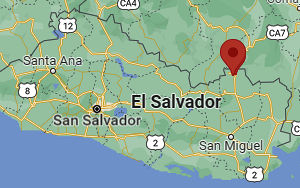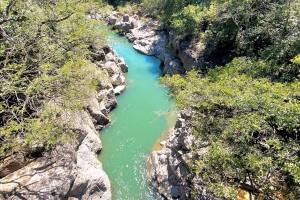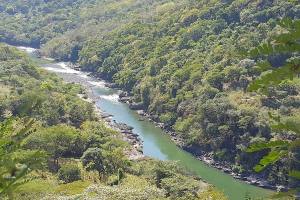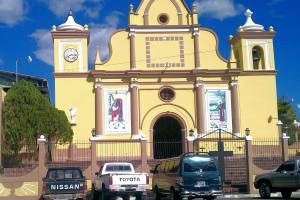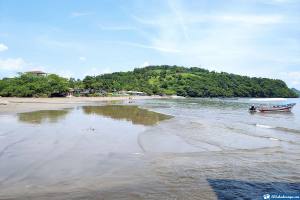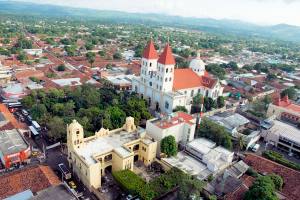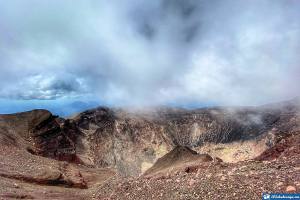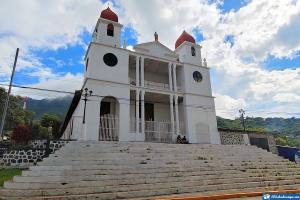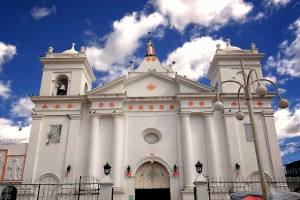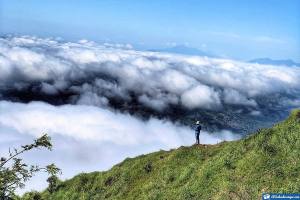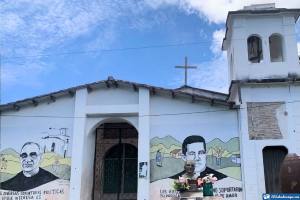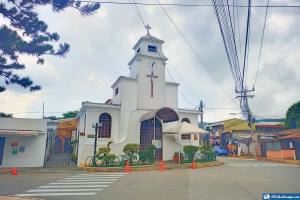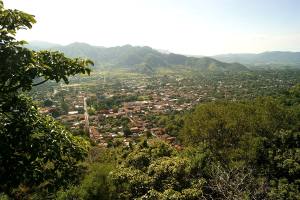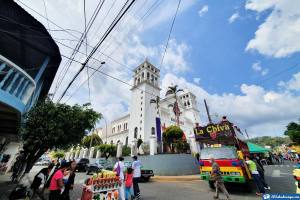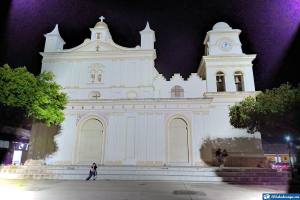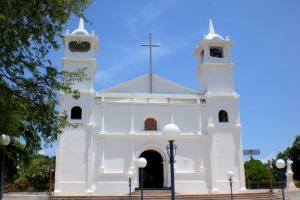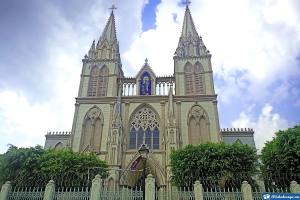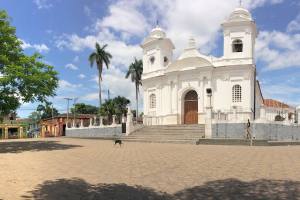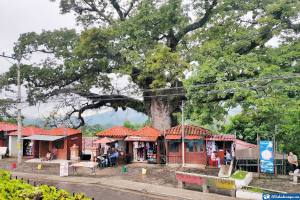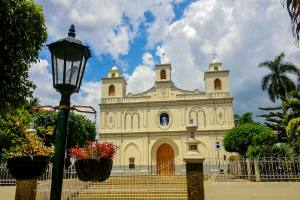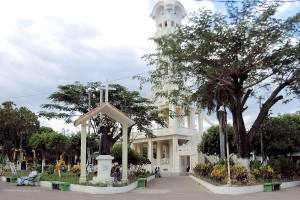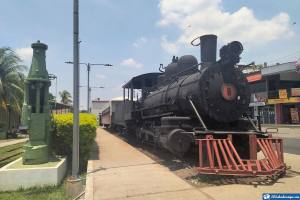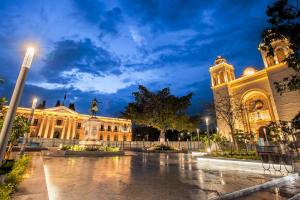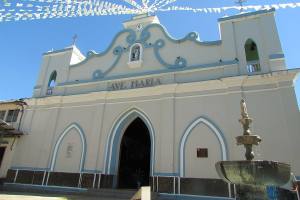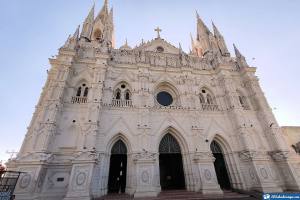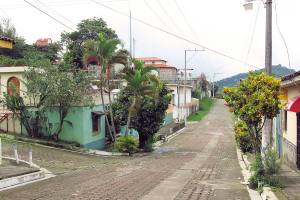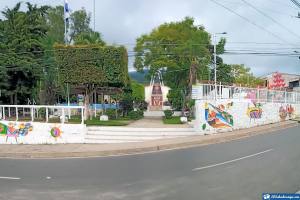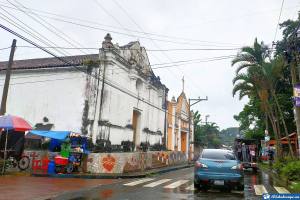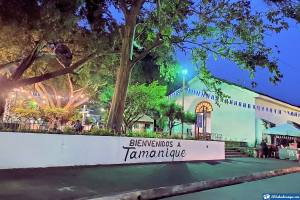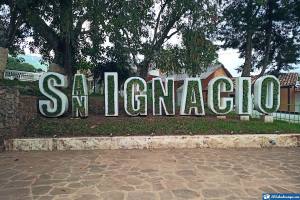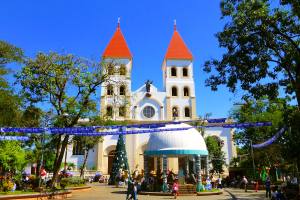Traveling east of El Salvador, we went to the department of Morazán to visit Perquín, an oasis where tranquility, an extraordinary cool climate, and natural beauty are more than guaranteed.
But not only that, Perquín is a town with a significant history to tell us. Discover this unforgettable tour with us, which will bring you closer to it and make you want to visit it.
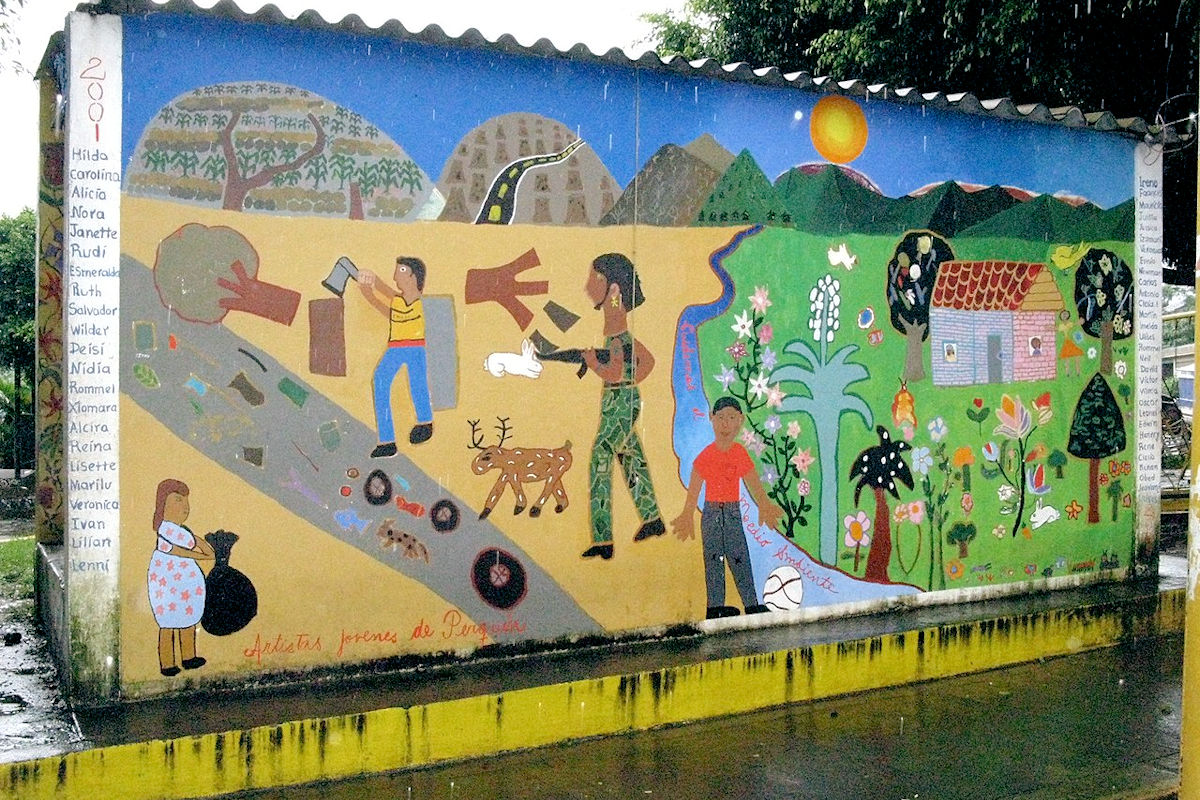
PERQUÍN - Villages of El Salvador. Photo by jbmurray. Wikimedia Commons.
Perquín Data
| Country: | El Salvador |
|---|---|
| Department: | Morazán |
| Category: | Villages, Peace Route |
| Elevation: | 1117 meters |
| Surface: | 109km² |
What to see and visit in Perquín
When we arrive in Perquín, the road shows us beautiful landscapes full of greenery and a pleasant and fresh climate that invites us to walk.
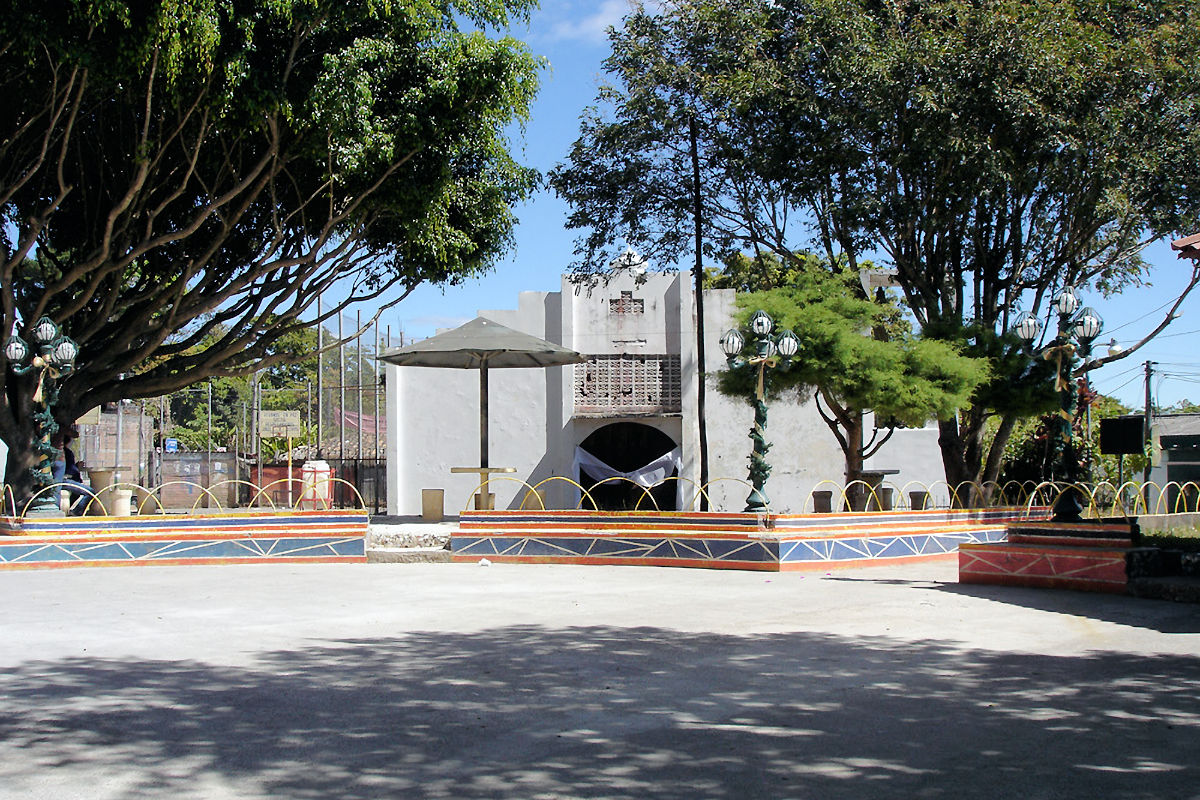
The village has no more than eight streets, with one-story houses and tile or metal roofs; generally, on their fronts, they have gardens with large trees, and the roads are narrow.
In the center is Central Park, a recreational space for the locals, and to one side is the Parish Church is small and highlights a mural with local scenes on its facade.
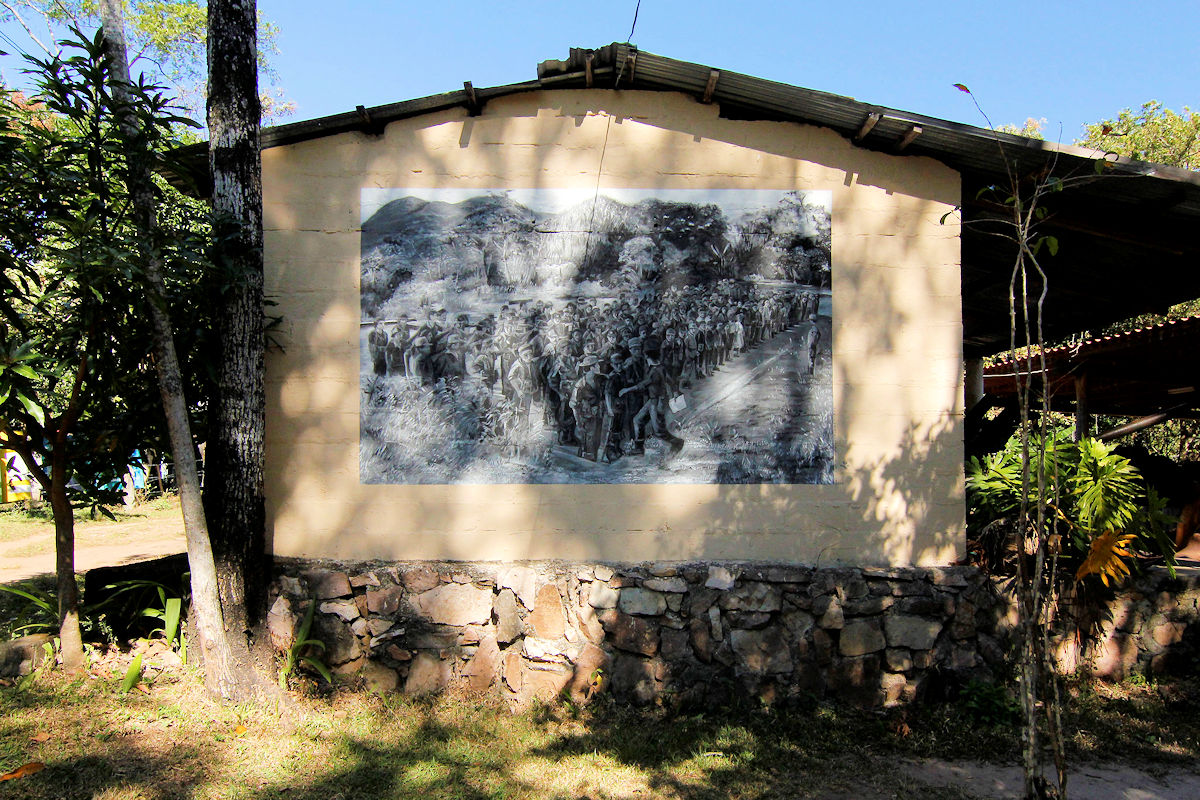
A few blocks away, we find the Museum of the Salvadoran Revolution, founded by a group of former guerrillas after the peace agreement of 1992. A large display of weapons, objects, testimonies, and images of those moments lived during the 12 years of the civil war.
Outside we will also see a guerrilla camp, where they recreate its members’ daily life. The set is a way to learn about the town’s recent history and country.
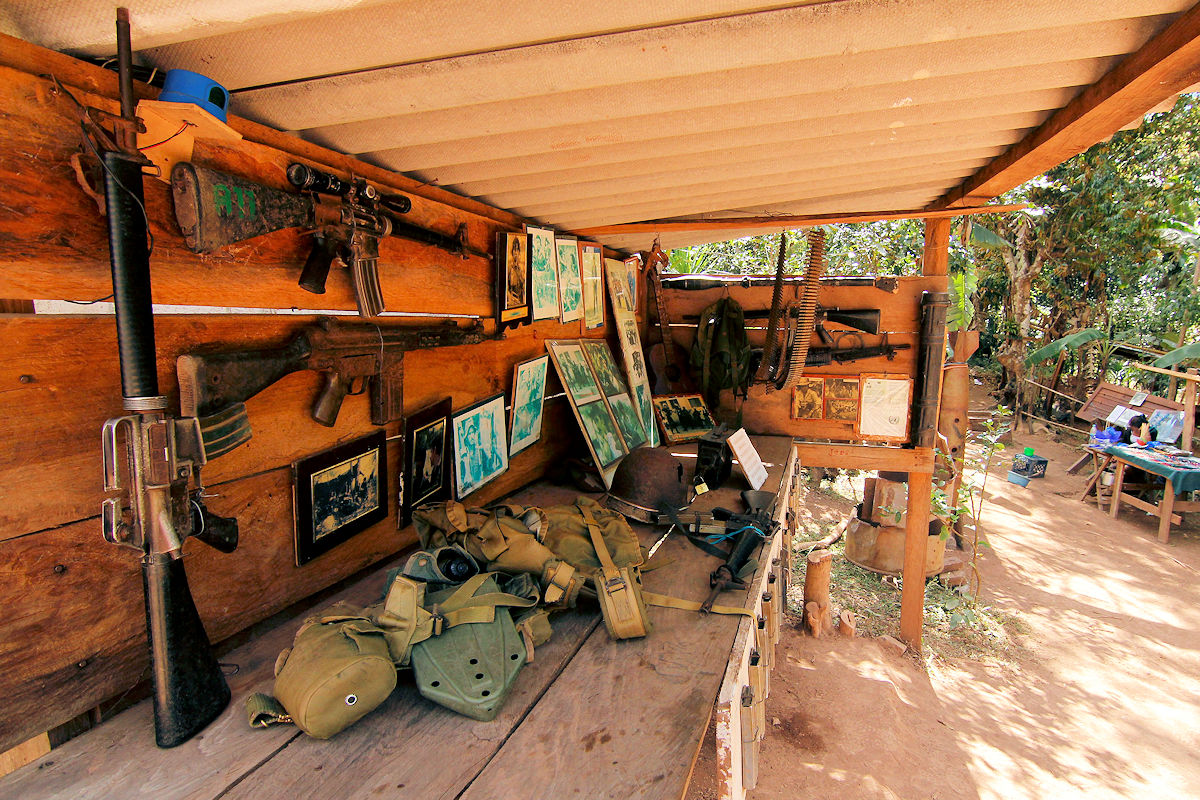
In both spaces, the guides are the ex-combatants themselves, who narrate the conflict as their personal experiences during the conflict.
History and Characteristics of Perquín
Perquín is located in the eastern part of the country, a little more than 200 kilometers from the national capital, San Salvador.
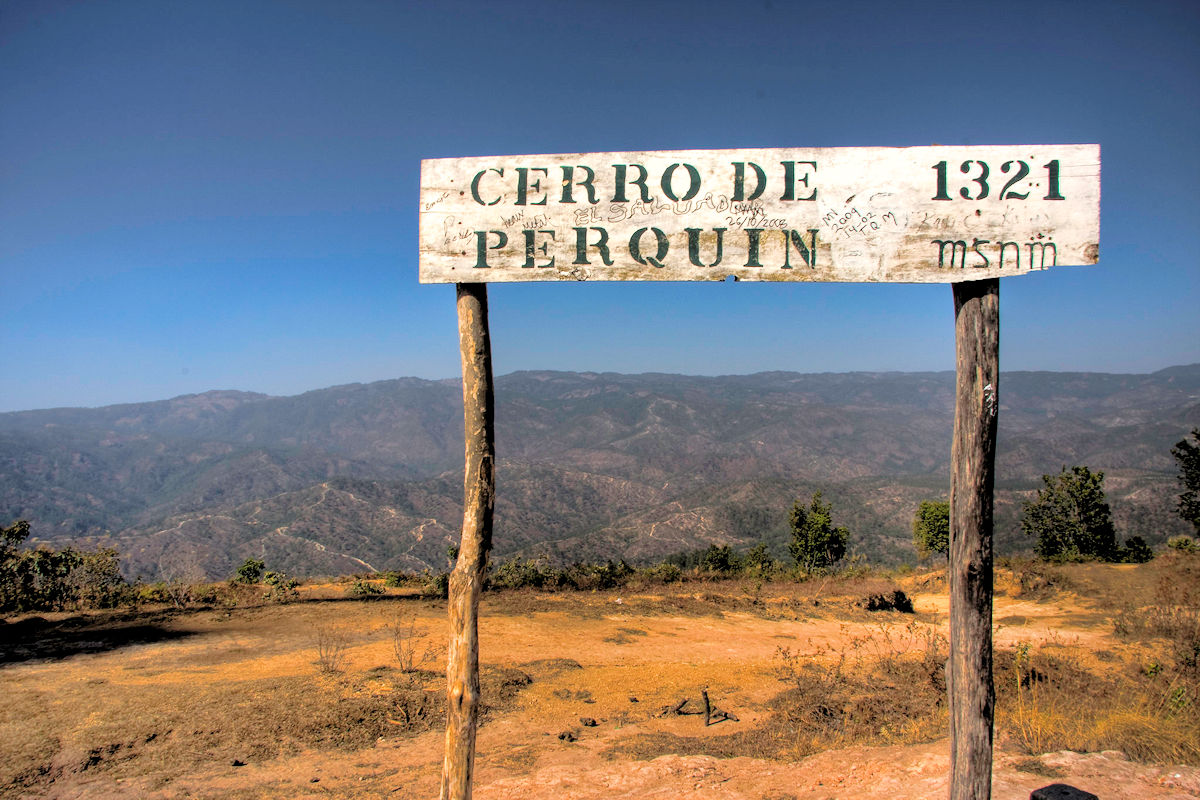
It was an indigenous town founded by the Lencas before the Spanish colonization. In the Nahuatl language, “road of burning coals” or “road of embers.”
It is a village with few narrow streets, surrounded by large wooded areas 1016 meters above sea level, and currently has a population of about 3100 people.
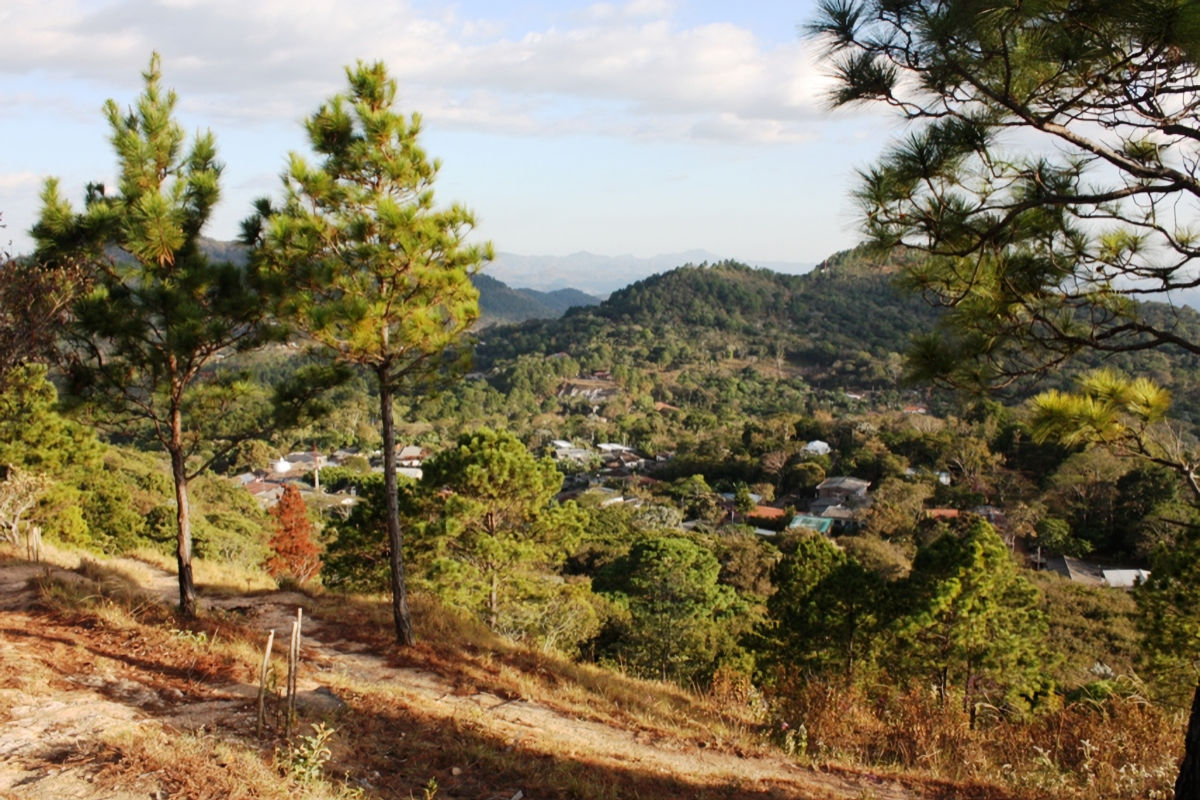
Daily life was deeply affected by the armed conflicts during the 80s. Which led to the near abandonment of the town by its neighbors.
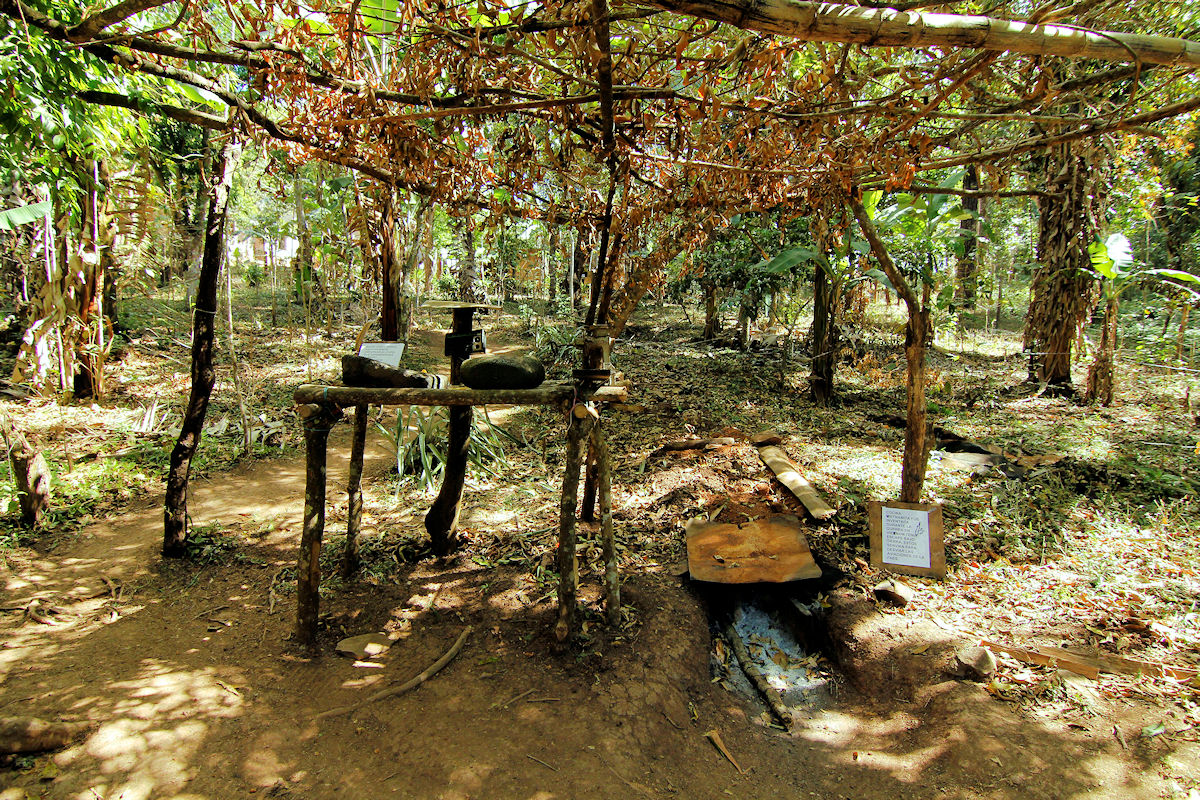
In 1992 the inhabitants began to return to this town. Al this is to rebuild the village and give a twist to their way of life. Offer the city for tourist purposes to enjoy nature and the beauty of its surroundings.
Patron Saint Festivities and Gastronomy of Perquin
The small population that makes up the town of Perquín takes time to enjoy its celebrations.

Thus, its patron saint festivities are held between August 14 and 15 to honor the Virgen del Tránsito. The festivities include bullfights, music, traditional games, and piñatas for the children.
After the war ended in 1992, the Winter Festival began to be celebrated, which aims to preserve the historical memory through cultural events and for the neighbors to give thanks to the rainy season for maintaining their natural landscapes.
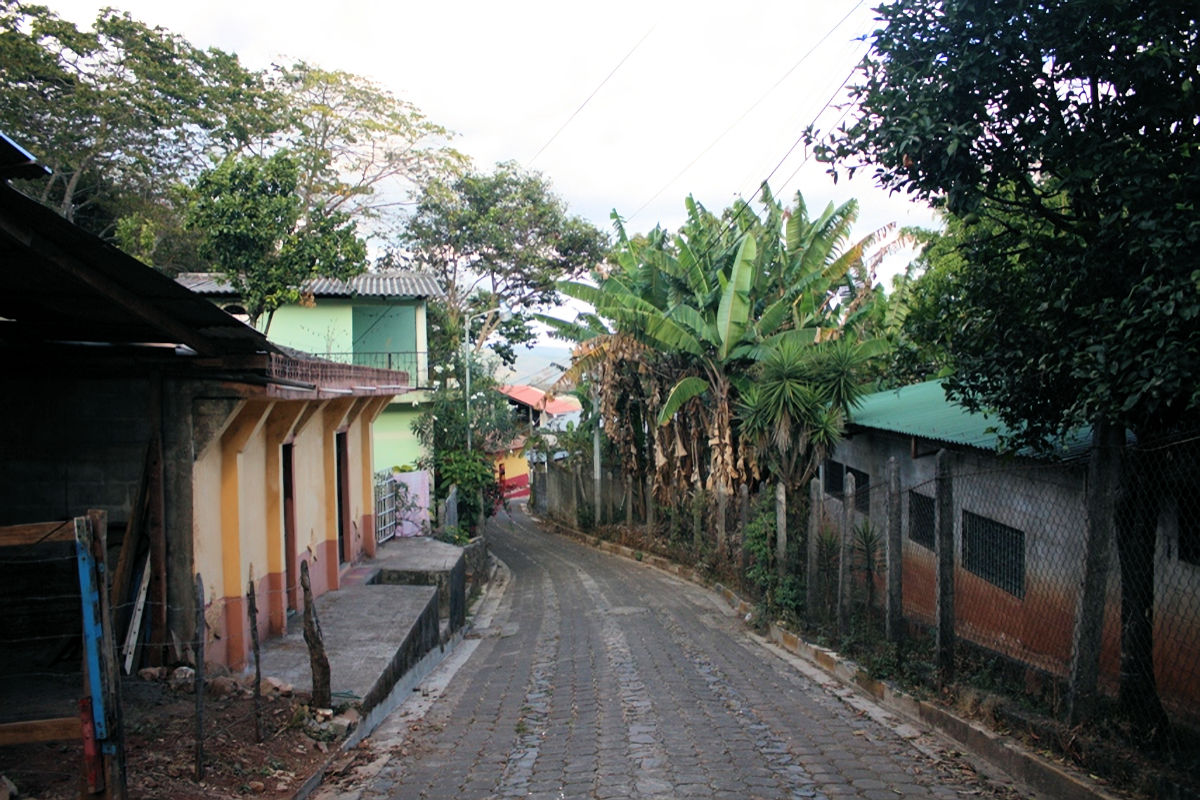
Also included are hikes to the coffee plantations, hiking in the nearby pine forests, and the sale of traditional handicrafts.
As for gastronomy, pupusas are the most significant dish on the town’s tables. There is no shortage of river fish called pescaditas, which are eaten in batter or fried; likewise, fried yuccas accompany the pork chunks.
Nearby places to visit
There are many possibilities to explore the surroundings. Just 10 minutes from the Museum of the Revolution is the hill of Perquín, and from is more than 1300 meters high; you will have a panoramic view of the Sierra de Nahuaterique and northern Morazán.
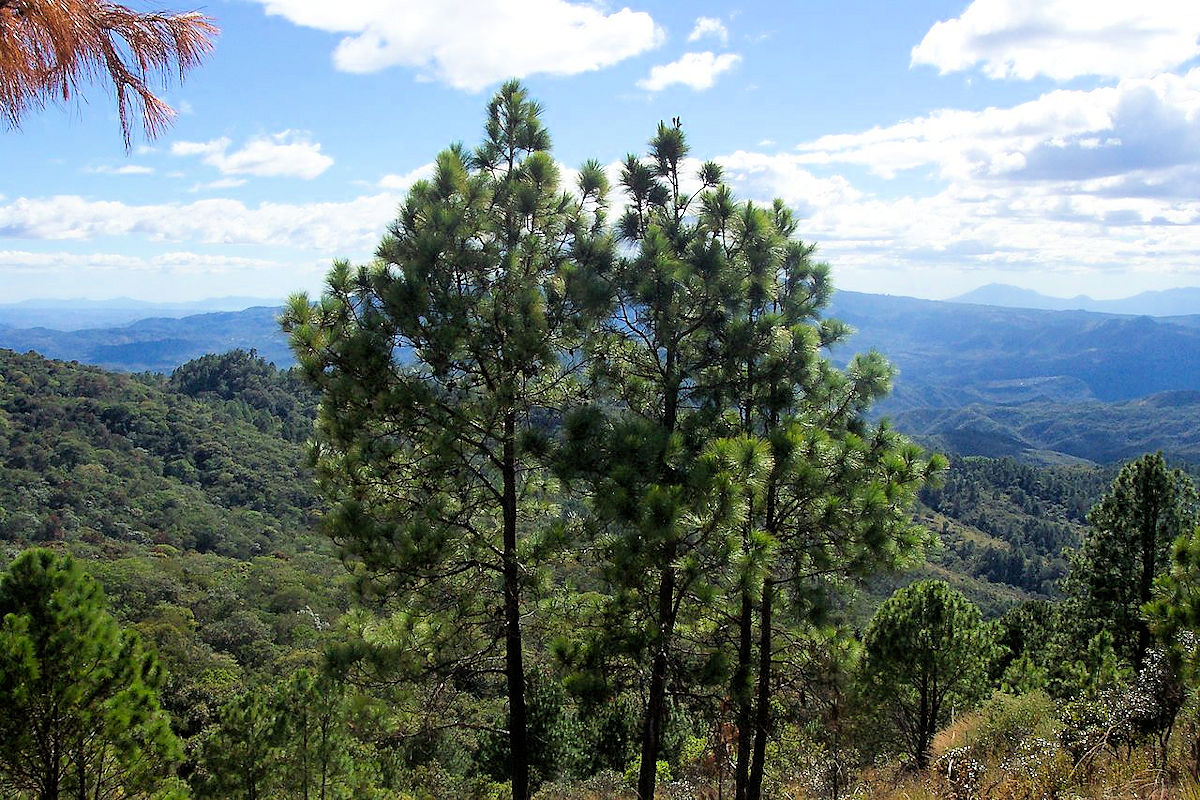
The Quebrada de Perquín, 20 minutes from the town center, allows you to reach several pools while observing the wildlife that inhabits these parts.
Twenty-two minutes from the town, and following the so-called Ruta de La Paz (Peace Route), is Llano del Muerto, a massive area with forests, mountains, and rivers that offers tourists an exquisite natural environment.
It has a tourist center with cabins that can rent and camping areas.
From here, you can reach the waterfall El Perol, another attraction of the Ruta de la Paz, where the waterfall of 30 meters allows you to enjoy a relaxing bath. After flowing through the area, its waters feed the Sapo River basins.
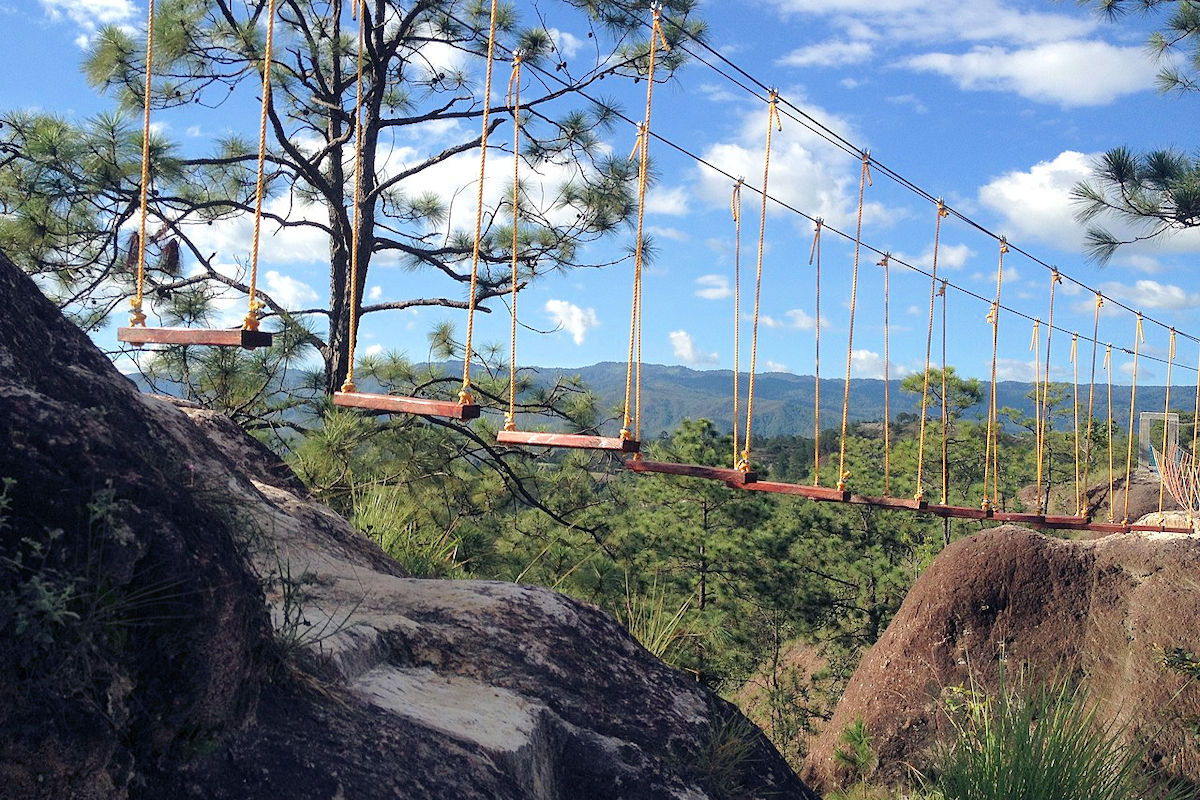
A little further away, about 2 hours from the village, is Bailadero del Diablo, an esplanade overlooking the Guaco River Valley. It has tables, chairs, and hammocks for you to spend a day in tranquility.
The department of Morazán, and especially the town of Perquín, are considered historical places and a must for foreign tourists who come to enjoy the exotic environments found here.
We fill with fresh and pure air and excellent routes flooded with beautiful landscapes, and we leave grateful for the hospitality and kindness of the neighbors of this charming town, who open their arms to us with huge smiles.
